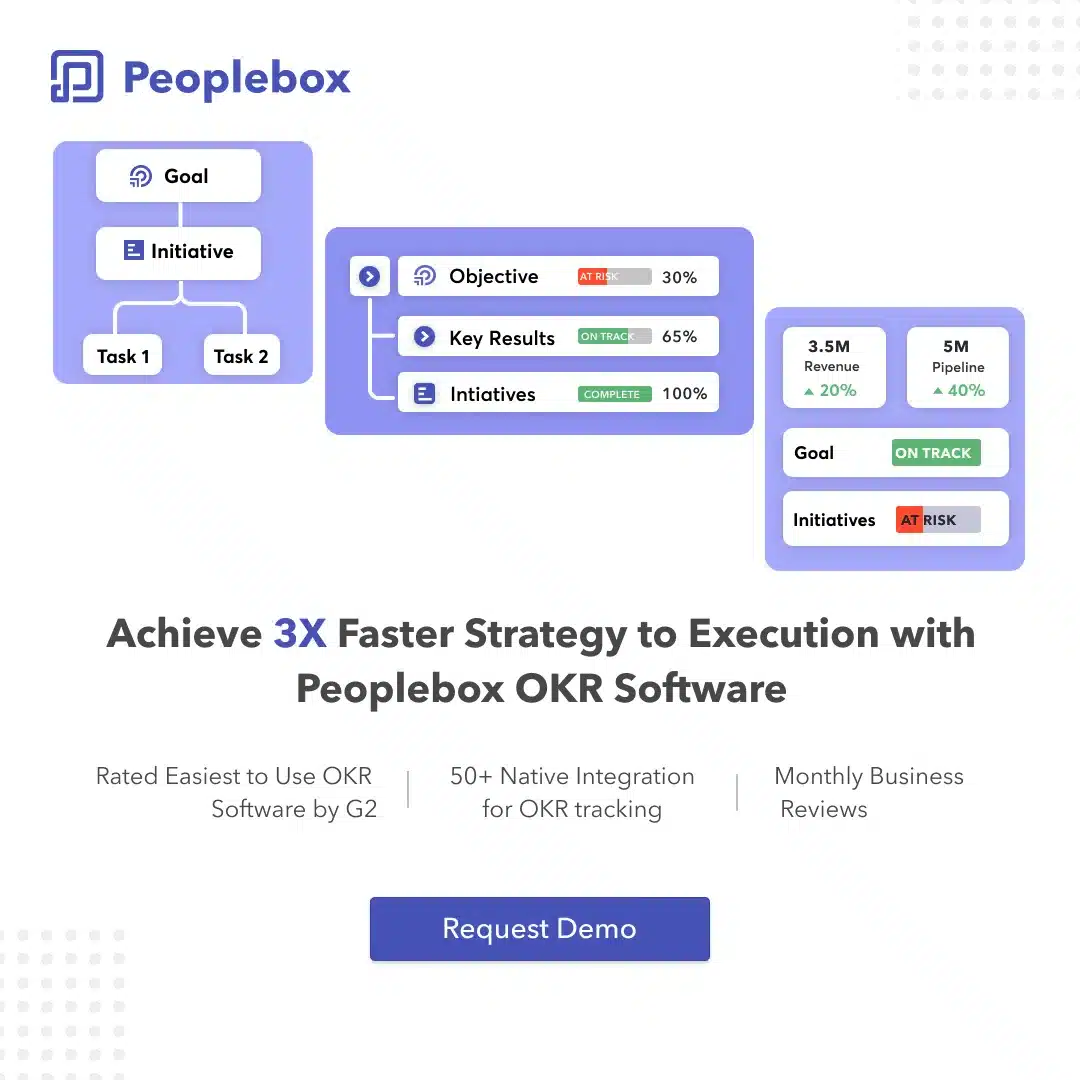Nothing brings cultural diversity and experience of having worked in different global markets better than having a team coming from different parts of the world.
However, it also raises an alarm when it comes to team management.
When as a business owner you are focused on seeing the graph move upwards on the ROI, managing team issues should be the last thing on your mind.
Albeit, it so happens that the more distributed the team is, the more difficult it is to manage it which often leads to trust issues and miscommunication.
“A survey carried out a few years back cited that miscommunication can cost even smaller companies of 100 employees an average of $420,000 per year.”
As difficult as it sounds, it is often simpler to manage distributed teams if you put in a bit of thought and plan in advance. Let’s learn a few tricks that can help you manage distributed teams at every step.
Ensure a great onboarding experience
The first step after hiring someone you deem fit for a role is to make sure they understand their responsibilities and the work culture.
And this starts with the induction process.
The first few weeks, more so with remote working, must be pre-planned so that you get to spend an ample amount of time with the new employee and understand their skillsets and capabilities in depth.
This will also give you the chance to give them a detailed download of things that will be useful for their long-term association with the company.
Having an induction meeting can also be carried out with an old employee, especially when things are changing within the company.
This helps the old employee to adjust to new changes better and reduces the chances of them leaving your organization.
Design remote-friendly company policies that acknowledge time differences
An essential step towards managing remote teams is to acknowledge personal commitments, especially if they have children or elders to take care of, and most importantly the time differences.
Proactively design your company policies and revise them as often as required to acknowledge the time and geography differences in your distributed teams and help everyone accommodate.
One of the easiest ways to do this is by giving the team members and managers enough time and the liberty to come up with solutions or deadlines themselves while you focus on the end result.

Trust your distributed team
As a business owner, the best way to manage distributed teams is by trusting them with their capabilities and deadlines.
Poking them at every step shakes their confidence and this can lead to major problems in the long run.
Instead of getting involved in everything, set clear processes and hold your team accountable for their work.
However, at the same time, it is also important that you hold surveys, one on one meetings, etc. to know if the processes are working smoothly or do you need to change a thing here and there.
Build a flawless communication system with the HR
Not many companies have utilized the full potential of the human resource department beyond hiring new employees.
When you are looking for ways to manage distributed teams effectively, the HR department can help you set a defined communication system with regular one on one meetings and even daily stand-ups.
Since your managers and their teams are in different locations and time zones, forming a flawless communicate system can be easy this way, that too without any noise or misunderstanding.
This internal communication system setup can also be utilized to send out important announcements and share developments every month so that your team stays on the same page.
Best Employee Engagement Platform
Choose the right mix of tech
You cannot expect the desired results if your team is not equipped with all the resources and tools required to be able to work with utmost efficiency.
It is imperative that you make sure that every team member has the right tools and knows all available communication channels.
You can also give autonomy to HR leaders and managers in your company to try out and choose various tools available in the market that are easy to adapt to and save a lot of time.
This is a good way out since it is them who will be using the tools on a day-to-day basis to manage distributed teams.
Encourage a culture of OKRs

A popular goal-setting method, Objectives and Key Results (OKR) method helps set and align ambitious, specific, and measurable goals throughout an organization.
This is fruitful for a company that has remote teams as this allows the team to have clear agendas to work on, thus also eliminating the chances of miscommunication.
However, to ensure that the system works flawlessly within the organization, it is important to choose the right platforms. Peoplebox, for example, offers an OKR method that allows you to set goals and track them efficiently.
Having a sorted system like this in place also encourages a culture of accountability, eventually increasing your company’s productivity.
Build a feedback mechanism
Now that your team is not physically available for instant feedbacks, the next best thing is to build a feedback mechanism with the help of your HR leaders.
This will ensure that everyone knows what is working and what isn’t working in their favour and is helping the company, thus saving time and effort.
Also, run regular anonymous surveys, pulse surveys and engagement surveys to know what the team is feeling about the organization and their respective managers.
This
You can then use your one on one sessions with the managers to provide your feedback based on the insights gathered and help them overcome the challenges they might be facing.
Celebrate milestones
No matter how big or small your company or its team size it, never miss an opportunity to celebrate any success, big or small.
Since most of your employees are working from home, celebrations like such give them a chance to informally connect with their fellow team members and celebrate their hard work.
Be a part of weekly/monthly all-hands meetings
While you are encouraging your managers to hold daily stand-ups and weekly one on one sessions with their team members, joining them every once in a while will help you reconnect with the team better.
“A survey states that 89 per cent of HR leaders believe that peer feedback and check-ins have a positive impact on the organization.”
This also gives the team a chance to understand the bigger picture, the company goals, know how the company is progressing, and as well as will give you a chance to understand their problems and boost their morale.

Give autonomy to HR leaders to introduce engagement activities
Virtual engagement activities and games are a great way to bring the teams together and help break the ice between them.
This also gives the team a chance to take a designated break from work and engage with the same colleagues in a fun-filled, informal environment that eventually helps them with their work relations.
From movie sessions to online charades, and from virtual coffee sessions to story building, there are a number of interesting activities that you can pick from.
11 Empower HR leader with a great employee engagement software, OKR and one on one software
Amidst ensuring that their teams are working smoothly, companies often overlook the importance of having good software in place to streamlines processes.
If you are one for saving money, this is not where you would want to cut corners and save money.
Software like Peoplebox is not only equipped with everything that your HR leaders and managers would need to run a flawless organization but is also easy on the budget and comes with an excellent support system to help you do what you like the most – grow your business.

Summing up
To manage a distributed team well is no joke.
While you can invest your time to set out processes and ensure everything runs smoothly, you can always save some of it by rather investing in an all-in-one engagement and performance software like Peoplebox.
The software developed by Peoplebox will allow you and your HR managers ensure great employee engagement, provide ways to empower your managers with a seamless OKR software that will let them set and track goals of their distributed teams, and measure performance and productivity through a unique one on one software.
In simple words, it is a one-stop solution that would also save you money while helping you achieve your goals effortlessly.







